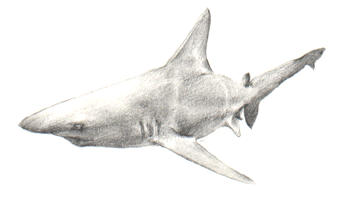Communicating Using Scent
Smell is probably the most common basic means of animal communication with even the most primitive animals reacting to odours given off by their own or other species.
Animals may use scents to proclaim their readiness to mate, to mark out territorial boundaries, to warn off intruders and predators or, in some cases, to attract prey. The most basic substance for these purposes is strong smelling urine, but there are other and more refined methods of producing lingering odours. These take the form of scent glands which may be situated in the hooves, on the face or close to the anus or scrotum.
Communication by scent can prove dangerous to certain animals such as the musk deer and certain civets. Their scent is so strong and persistent that their glands are highly prized by the makers of perfumes who use it as a stabiliser.
 Bees, wasps, ants, moths and other insects rely largely upon pheromones as a means of communication. Pheromones are chemical substances which may be secreted in urine, dung or produced by special glands. They are usually given off by the female of the species to attract males. For instance, the antennae of some male moths are so sensitive that they can detect the presence of a female at a distance of more than two miles!
Bees, wasps, ants, moths and other insects rely largely upon pheromones as a means of communication. Pheromones are chemical substances which may be secreted in urine, dung or produced by special glands. They are usually given off by the female of the species to attract males. For instance, the antennae of some male moths are so sensitive that they can detect the presence of a female at a distance of more than two miles!
Sharks have a particularly efficient sense of smell and some species can detect drops of blood in the ocean at a range of about one mile.
Snakes have the most unusual means of detecting scents. They use their tongue to pick up scent particles in the air. Having flicked out its tongue the snake then returns it to a special organ in the roof of the mouth which analyses the scents collected.
Dung is another readily available source of scent used by many animals to mark their territory, with some species accumulating and regularly adding to large heaps of droppings which act as territorial marker posts. The rabbit, vicuna, West African civet and hippopotamus are just four examples of these. Male hippos will mark their with their dung by using their tail as a kind of muck-spreader!
Read More: Communicating Using Sound